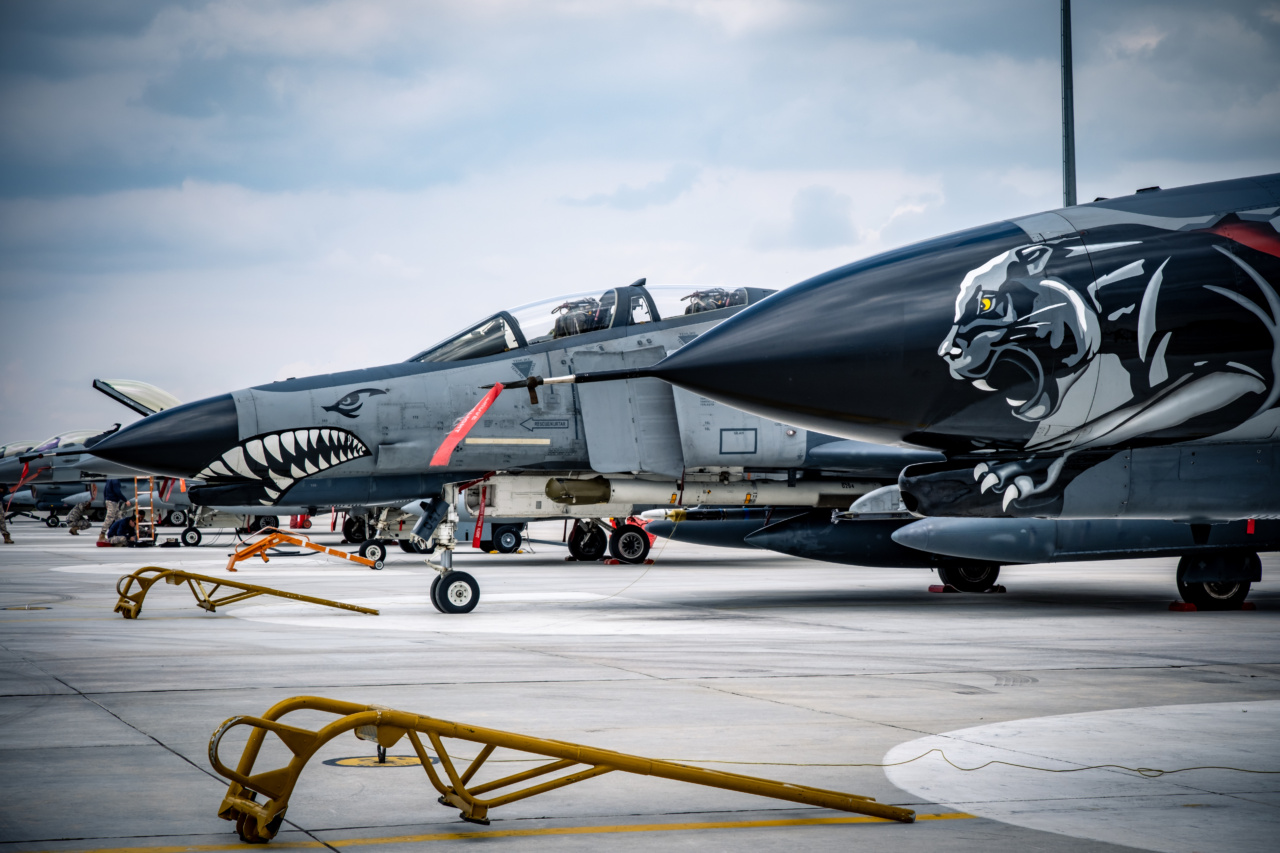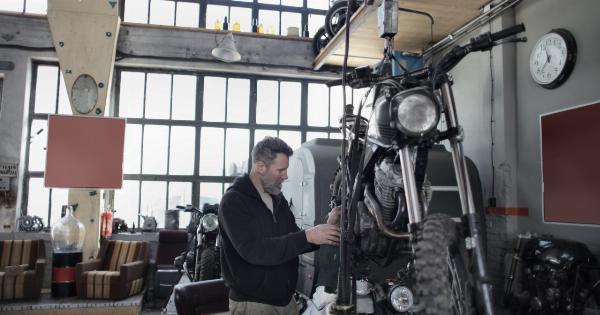Air travel has become an essential mode of transportation for millions of people across the globe. In recent times, people have become more conscious about their health and safety while traveling, especially when it comes to the spread of germs.
It’s a common concern that airplanes can be breeding grounds for bacteria and viruses, given the enclosed environment and close proximity to other passengers. In this article, we will explore the various areas where germs can hide on airplanes and how you can protect yourself.
1. Tray Tables
Tray tables are often used for eating meals or resting personal items during flights. However, studies have found that they can harbor an alarming amount of bacteria, including E. coli and MRSA.
It’s crucial to wipe down the tray table with disinfecting wipes before using it for food or placing any personal belongings on it.
2. Seat Pockets
Seat pockets are commonly used to store magazines, books, and personal items. Unfortunately, they are also known to accumulate various types of germs. From used tissues to discarded food wrappers, seat pockets can harbor bacteria and viruses.
Avoid using them for storing any items that come into direct contact with your face or mouth, and wash your hands thoroughly after touching them.
3. Restroom Surfaces
Restrooms on airplanes are small and often used by multiple passengers. Surfaces such as faucet handles, door locks, and toilet flush buttons can be hotspots for germs.
Always wash your hands with soap and water after using the restroom and consider using a tissue or paper towel to touch these potentially contaminated surfaces.
4. Overhead Air Vents
Overhead air vents provide much-needed airflow during flights, but they can also be a source of germs.
If the person seated above you is sick, there’s a chance that their respiratory droplets containing viruses can be dispersed through the air vents. Close the vent or adjust the direction to minimize direct airflow from other passengers.
5. Seatbelt Buckles
Seatbelt buckles are frequently touched by passengers during boarding and throughout the flight. They can accumulate bacteria from different individuals, including those who may be unwell.
Clean the buckle with disinfecting wipes or use hand sanitizer immediately after handling it.
6. Armrests
Armrests are shared among passengers, making them prone to bacterial contamination. When possible, wipe armrests with disinfecting wipes before resting your arms on them.
It’s also advisable to avoid touching your face after coming into contact with armrests.
7. Cabin Crew Call Buttons
Cabin crew call buttons are often touched by passengers when they need assistance. As a result, they can accumulate germs throughout the flight. If you need to use the call button, consider using a tissue or disinfecting wipe to minimize direct contact.
8. Window Shades
Window shades are often touched by passengers during the flight. Similar to other surfaces, they can harbor bacteria and viruses. If you wish to open or close the window shade, ensure that you wash or sanitize your hands afterward.
9. In-flight Entertainment Systems
In-flight entertainment systems, including screens, controllers, and headphones, are shared among passengers. Studies have found that they can harbor high levels of bacteria, including those associated with respiratory illnesses.
It’s advisable to sanitize your hands before and after using these systems, and consider using antibacterial wipes for the screens and controllers.
10. Airplane Blankets and Pillows
Airplane blankets and pillows are often reused without proper cleaning between flights. While airlines claim to clean them, it’s best to bring your own travel pillow and a light blanket or shawl.
If you do use the provided blankets and pillows, take precautions such as covering them with your clothing or using a clean pillowcase.
Now that we have explored the potential hiding spots for germs on airplanes, it’s important to remember that practicing good hygiene remains the best defense against the spread of germs.
Wash your hands frequently with soap and water for at least 20 seconds, or use an alcohol-based hand sanitizer if soap is not available. Avoid touching your face, particularly your eyes, nose, and mouth, to minimize the risk of transferring any bacteria or viruses from contaminated surfaces.
Additionally, consider packing disinfecting wipes and hand sanitizer in your carry-on to further protect yourself during your journey.































